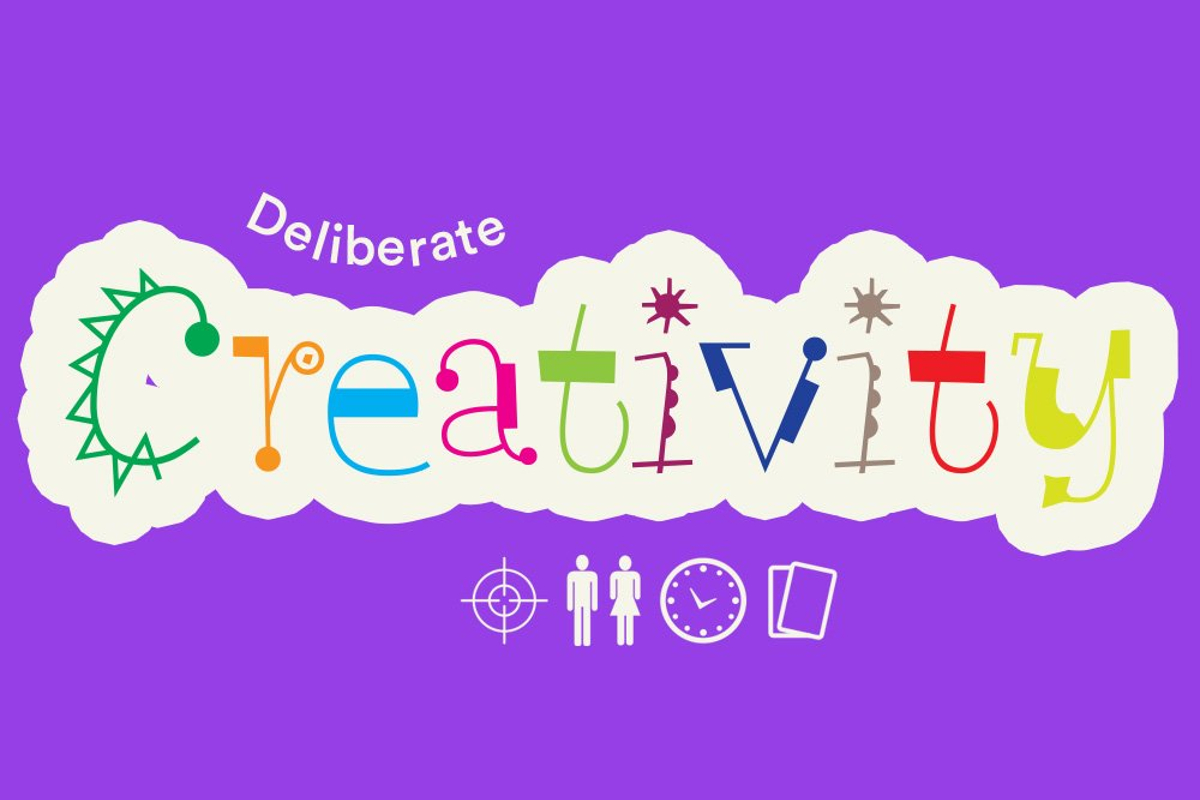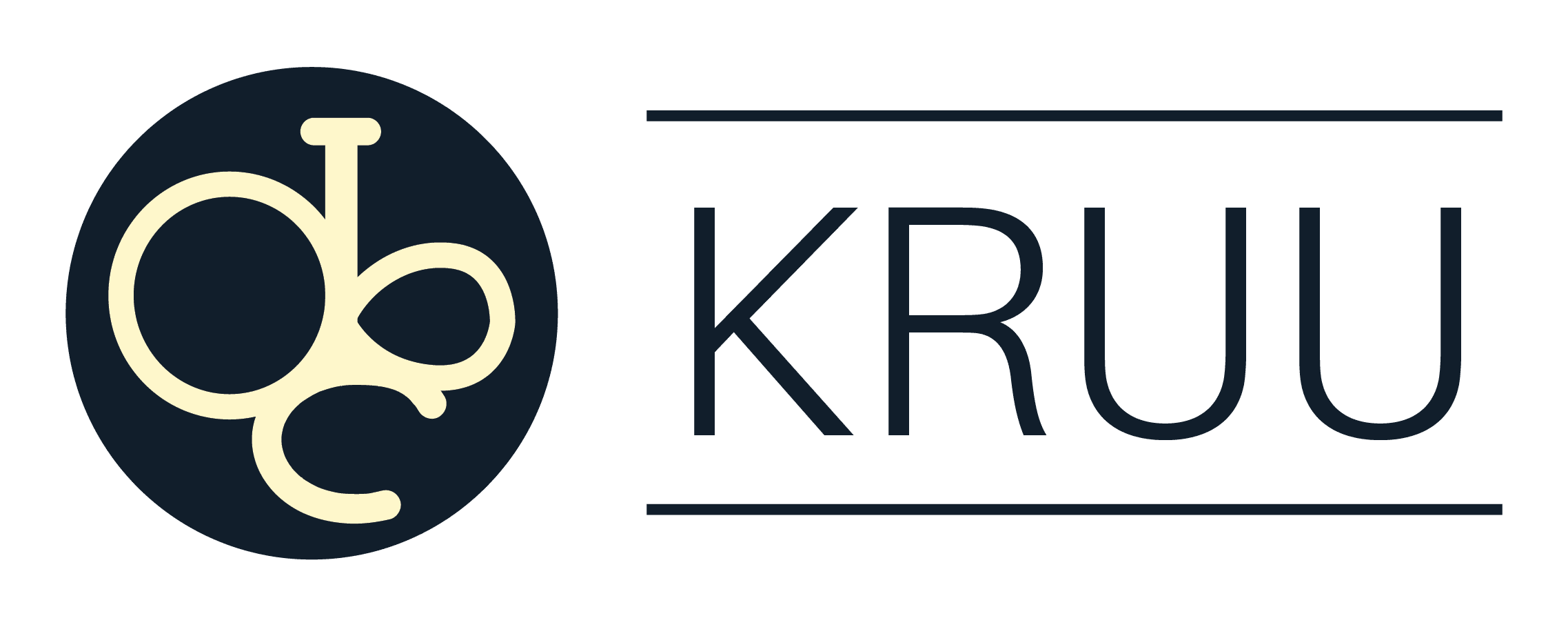
By Nandhini Arunachalam – KRUU
The 21st century learner is faced with a lot of information from a wide variety of resources that have displaced curated and verified content in encyclopedias and textbooks. It then becomes imperative that one adapts to this change in the landscape of information and uses it differently for problem solving.
Often, the excess information leads to being stuck in the process of problem solving without a way out. Creative Problem Solving or CPS offers a structured method of deliberation so as to solve a problem creatively. The first thing to do in CPS is to formulate the problem statement and gather information that is pertinent to the problem. Once there is enough information on the problem, the first step towards ideation begins.
The ideation process is where there is maximum creativity and it is important that all ideas are registered. Once all the ideas are listed, analyze or discuss each idea to see if it effectively solves the problem at hand. Rate the ideas such that the winners come on top and the not-so-good ones are at the bottom. It is very possible that the final solution you have could be a combination of more than one idea.
There is more than one way to come up with the set of initial ideas. For instance you can use mind mapping that visually represents all the ideas. Brainstorming is another technique to list out potential solutions to problems. Thinking of an application area of a solution beyond its original intent can also be an effective way to generate creative ideas. Finally another effective way to ideate is the use of the acronym SCAMPER.
SCAMPER stands for Substitute, Combine, Adapt, Modify, Put to other uses, Eliminate and Rearrange or Reverse.
Substitute focuses on ideas that can replace existing processes/solutions or part of the process/solution with another.
Combine like mentioned before is to see if a better solution can be arrived at by integrating two or more solutions.
Adapt is to understand how a particular solution does not fit the problem and investigate if a small change in the solution can solve the problem.
Modify is to actually look at the problem creatively to change it – magnify or minimize a feature that will help create a solution.
Put to other uses is to identify alternative scenarios where the idea can be effectively used
Eliminate is to remove parts of the idea that are unnecessary.
Reverse or Rearrange helps to create an entirely new idea from the original.
All of the techniques above are used in Kruu where students are encouraged to research or gather information on the problem, formulate the problem statement, ideate and finally hone in on the solution. When done in groups there is more perspective and diverse opinions that lead to more creative solutions.The project based learning platform offers these skills for students to work on real-world problems using approaches of deliberate creative thinking that allows a student to be better equipped and future ready.






